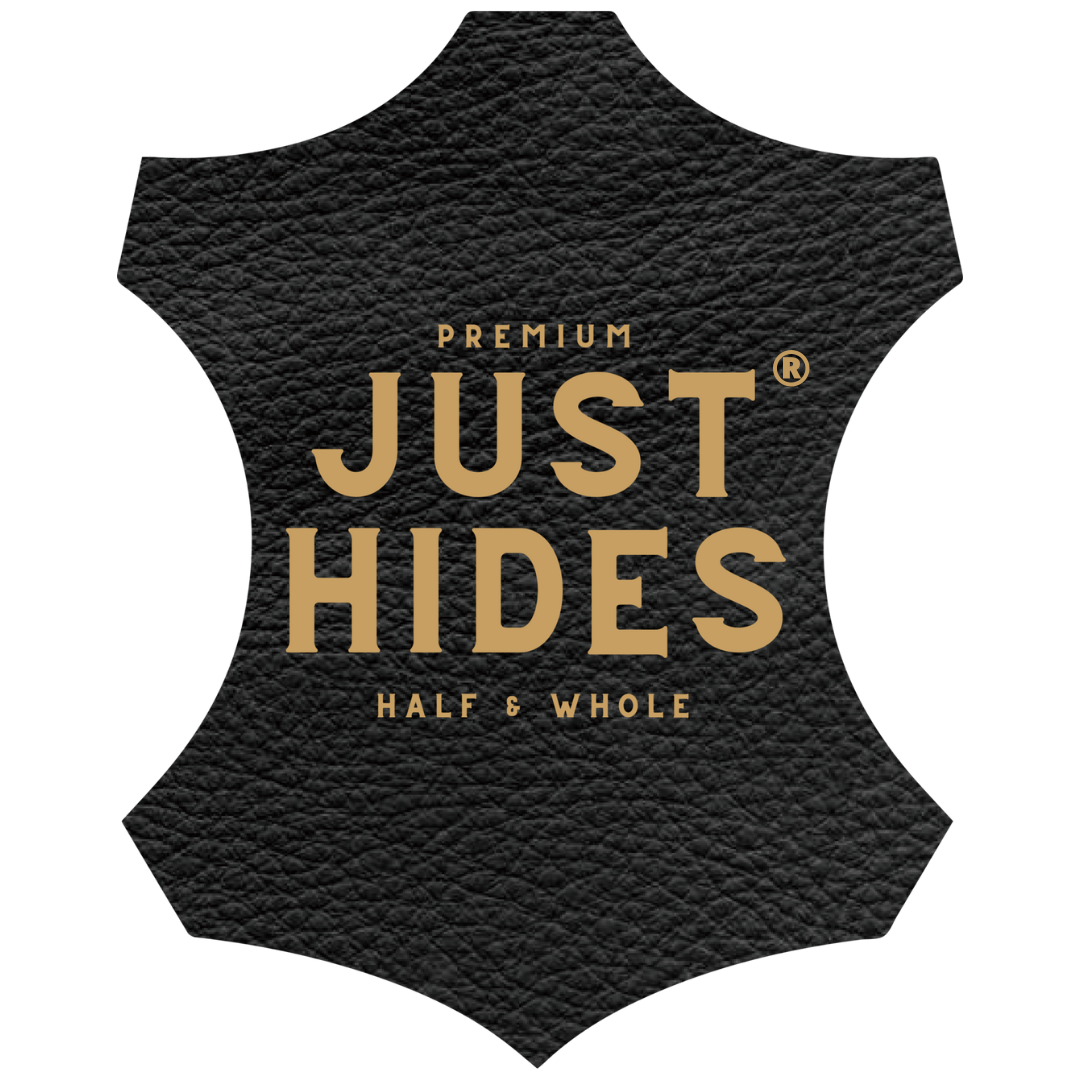The Difference Between Veg Tan, Chrome, and Chrome-Free Leather and Why You Should Know
Veg Tanned
Veg tanned was invented around 6000 BCE. It is known as the most traditional and the oldest method for tanning leather. It was developed by the Sumerians using various methods. The Egyptians, Babylonians, and the Hebrews started perfecting veg tanning just around 400 BCE. To get veg-tanned leather, they used oils, animal brains, animal dung/ urine, alum, and vegetables. Some of those methods are still used today!
Even though some of the old methods are still used now, there are some differences and some new practices. We use natural tannins (liquid form or powder): plant parts, woods, barks, fruits, and leaves. Some often used tree species are chestnut, oak, willow, birch, mimosa, and catechu.
Making veg-tanned leather requires highly skilled artisans and takes around two months to make. These result in a more elevated price than other types of leather. Around 10% of the total leather in the world is veg-tanned leather. The typical color is usually brown and beige hues. Most veg tanned leather is used to make shoe soles, saddles, belts, wallets, holsters, and purses.
The pros of veg-tanned include higher durability, developing a beautiful patina (because its breathable leather absorbs more moisture and oils), sweet aroma, can last longer than a lifetime, and the tanning is environmentally friendly. The cons for veg tanned leather include:
Being thick (makes it not the best choice for clothing or upholstery).
Feeling stiff at first (may feel softer overtime).
Being more expensive.
Not waterproof.
Chrome Tanning
Mineral tanning started being used in 1859. This used solution of chemicals, acids, and salts (chromium sulfate), to tan the hides. This led to high quality and safety standards being put in place, so more responsibility is placed on caring for the environment. (The chrome tanning process is not known as the most environmentally friendly process).
Unlike veg-tanned leather, the process for chrome tanning is much shorter. The tanning can be finished in about one day, also lowering the cost. Chrome leather is often known as “wet-blue” because the solution develops a blue color from the chromium oxide. Just around 90% of leather is chrome tanned.
Chrome leather is thinner and softer, water repellant, offers more options for different colors, and is more stain and heat resistant. Some cons are often unsuitable for stamping or patterning and may have a chemical smell. Some of the most popular uses are shoes, gloves, car seats/interiors, furniture, and clothes.
Chrome-free Tanning
Chrome-free tanning is manufactured without chromium during the tanning process, and there are no harmful chemicals. These hides are often called “wet white” because the processed leather often has a white coloring. This process uses the same manufacturing equipment as the chrome tanneries. The durability and the resiliency are just the same as chrome-tanned leather. There is a smaller environmental footprint than chrome leather.
Chrome-free leathers have a considerable array of colors (suitable for pastel colors), are softer, have high performance, and using chrome-free tanning does not change the quality of the leather. Some cons to chrome-free are there is a higher production cost, (although new techniques are coming out that are helping reduce the cost). The most popular items made from this leather are automotive leather, furniture, clothes, shoes, and bags.






